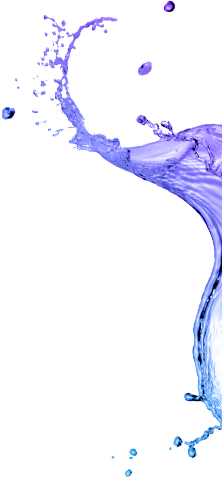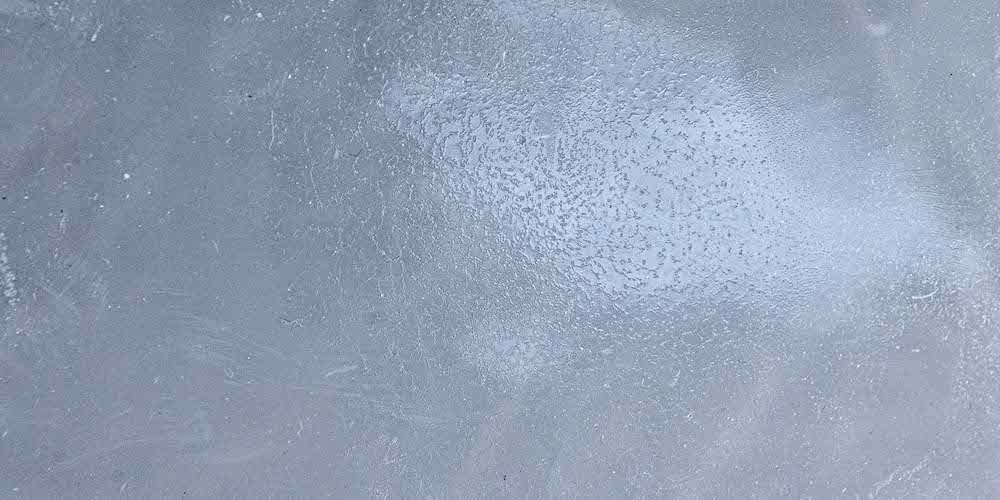How to Prevent Sticky Patches When Using Epoxy Resin!
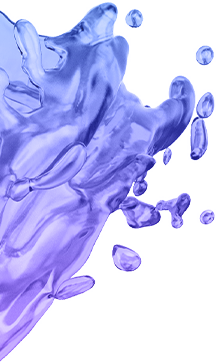
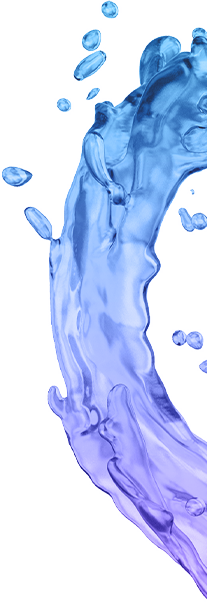
How to Prevent Sticky Patches When Using Epoxy Resin
Its pretty simple right? You mix A with B and voila! You get a great piece of art resin.
Sticky patches on a finished piece of resin art can be a nightmare, however, there is a science behind their prevention, both within the formulation of the product, and in the way you use them.
Amine Blush
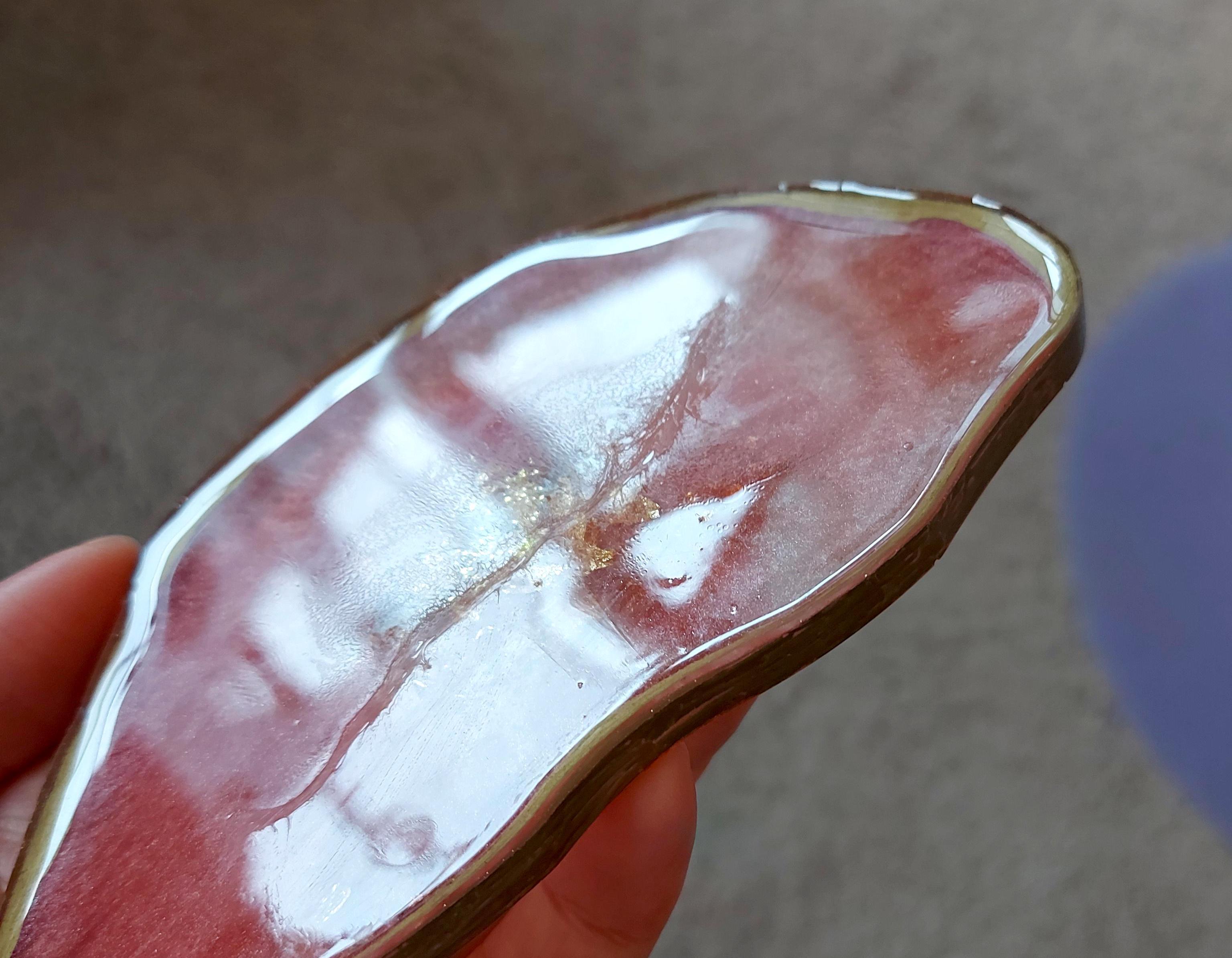
Amine blush will not necessarily result in sticky patches in your resin, but it is a related issue and therefore worth bringing up here. The disturbed surface finish you see with amine blush is caused by a reaction between the Part B (hardener) which reacts with carbon dioxide in the air and water. More specifically, Clive Hare explains “amines react with atmospheric carbon dioxide and moisture to form a carbamate that can produce a severe surface blush.”1 in the text Protective Coatings: Fundamentals of Chemistry and Composition 1998.
Our Vista products are formulated with adducted curative agents – essentially the primary amine hydrogens are pre-reacted with epoxy, meaning they are no longer free to react with surface moisture and CO2. As well as this, we use di-functional diluent in our resins, rather than the industry standard mono-functional. Di-functional diluents have a higher reactivity with amine hydrogens, again reducing the available amines to react with CO2 and moisture, and ultimately reduces the chance of blushing.
Even with these innovations, our resin can still show amine blush when environmental factors contributing to the blush are present. A combination of high humidity and low temperature leads to condensation, which in turn causes a moisture and CO2 reaction with the epoxy hardener. Lower temperatures also lead to longer cure times, extending the window in which amine blush can occur.
Amine Bloom
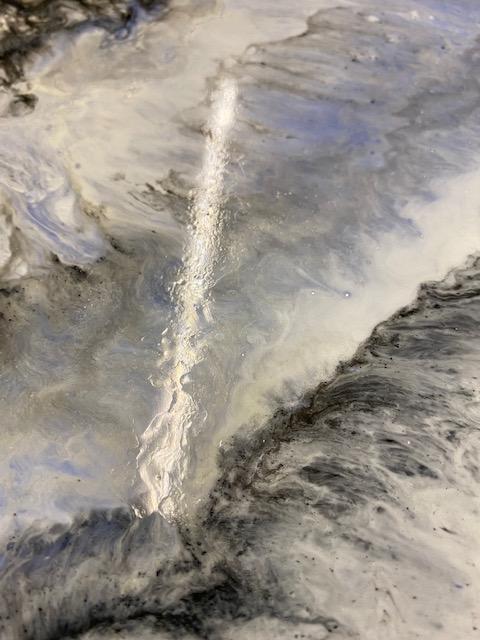
Amine bloom is a slightly different defect to amine blush, however the two often occur together. Amine bloom results from water-soluble particles being drawn to the surface by surface moisture. The subsequent bloom presents itself on the surface as sticky patches, which will ruin a piece.
To add insult to injury, often the compounds which are drawn to the surface contain unreacted Part B, which will in turn react with the surface moisture and result in amine blush and bloom appearing together.
Prevention
Both amine bloom and amine blush can be prevented by pouring your epoxy projects in suitable conditions. The ideal environment to avoid bloom and blush are relatively warm temperatures coupled with low humidity. These conditions can be achieved by using a combination of heat mats, propagators, and dehumidifiers.
Don’t forget to check out our YouTube video for tips and hints on how to avoid amine bloom and blush.
Hopefully this has answered your questions regarding sticky patches in epoxy resin, thanks for reading.









